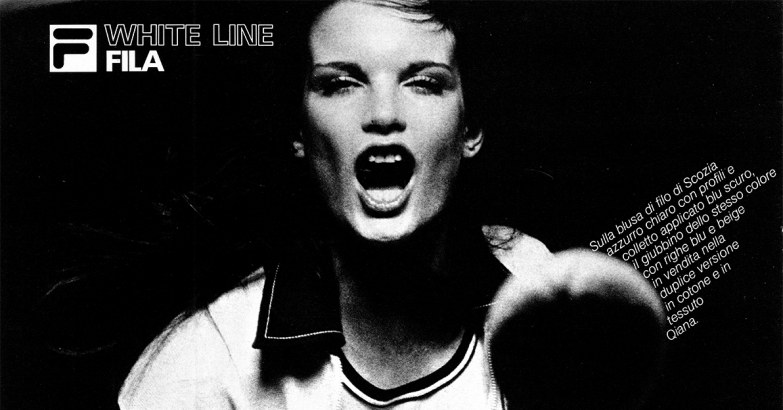TIME MACHINE: 1974
In questo primo appuntamento, la nostra Time Machine ci porta a Budapest, Ungheria, nel 1944, alla scoperta dell’architetto e designer Ernő Rubik. Docente all’Accademia d’Arte Applicata, un giorno inventa uno stratagemma per far comprendere ai suoi studenti il funzionamento delle strutture 3D. È il 1974 quando crea buvös kocka, il ‘cubo magico’, un poliedro in legno, policromo, che in breve tempo si diffonde nell’ambiente universitario. Lo brevetta e vende ad un’azienda produttrice di giocattoli, che lo metterà in commercio sfidando chiunque a comporre facce dai colori omogenei: il nuovo nome di quello che diviene un rompicapo diffusissimo è cubo di Rubik.
Il 1974, in effetti, è un anno di spensieratezza. Gli Stati Uniti vogliono lasciarsi alle spalle il Watergate e soprattutto i traumi legati al Vietnam: per questo il 15 gennaio, sul network ABC, debutta Happy Days, una sitcom di enorme successo, che lancia l’iconico dandy Fonzie (Henry Winkler) ed un regista destinato all’Oscar, Ron Howard. Le classifiche musicali, invece, se le spartiscono David Bowie, che abbandona Ziggy Stardust per intonare la hit Rebel Rebel, e Dolly Parton, che per esorcizzare la paura del tradimento del marito scrive la mitica Jolene.
In questo clima di mutamenti socioculturali FILA lancia WHITE LINE, la prima linea tennis: capi di abbigliamento pratici, minimal, che ‘rifanno il look’ a tenniste e a tennisti. Ogni pezzo viene confezionato meticolosamente: lo scopo è quello di assecondare il gesto atletico e l’eleganza al contempo. I colori, che fanno capolino dopo un secolo di total white, conferiscono carattere e agevolano i telespettatori, che si sintonizzano sui tubi catodici per non perdersi nemmeno una finale. Tra i campioni che fanno la fortuna del marchio in quest’era c’è Adriano Panatta, che con la sua polo dal colletto verde bosco porta a casa il terzo titolo ATP della carriera. In breve tempo ‘Ascenzietto’ (questo il suo soprannome, legato al padre Ascenzio, custode del club romano Parioli) conquista le folle, dando una nuova, più accessibile impressione della disciplina.
Non solo tennis, però: nel ’74 il brand biellese concepisce anche la giacca quattro tasche Tela Vela, che in seguito diverrà immortale con la linea per l’alpinismo WHITE ROCK. L’ispirazione arriva quando lo stilista Pierluigi Rolando : acquista un giaccone militare in un negozio vintage: rimarrà molto colpito dall’armatura in tela, robusta ma anche piacevole al tatto. Per FILA sostituisce quel materiale con il tessuto che all’epoca viene adoperato per realizzare le vele delle barche. Il risultato è inaspettato, innovativo, resiste alle sferzate del vento e della pioggia. La Tela Vela – portata sulle cime più alte dal compianto Giorgio Bertone : – è un capo così moderno da vivere più vite: l’ultima – la più glamorous – è del 2021, in occasione della limited edition progettata con Piacenza 1733 per i 110 anni di FILA.
NEL 1974 SONO NATI Pietro Piller Cottrer, ex fondista italiano, medaglia d’oro in staffetta a Torino 2006, e Armin Zöggeler, ex slittinista italiano, medaglia d’oro in singolo ai medesimi Giochi.
Torna agli articoli!

